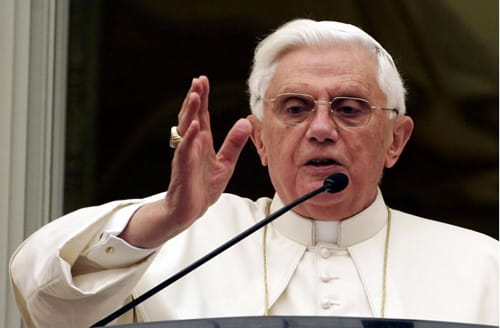In his general audience on Wednesday, May 4, Benedict XVI surprised his listeners with the announcement of a new series of catechetical instructions. During the Wednesday audiences of the first six years of his pontificate, Pope Ratzinger has been following the same thematic plan that the now Blessed John Paul II began. Each week he has been presenting to the Church and to the world a series of outstanding historical personages, with special emphasis on Saint Augustine. The Pope stressed the importance of this new topic with these words: “We are all very interested in the subject of prayer, particularly Christian prayer; that is, the prayer that Jesus taught us and that the Church continues to teach us.”
Augustinian Recollects see in this decision an opportune moment for recalling their roots and for continuing to nourish their spiritual life with the help of Benedict XVI and his instructions. The Order originated as a movement of special dedication to prayer. For centuries its communities have dedicated two hours a day to mental prayer, a time to which we must add the daily Eucharist and the recitation of the Liturgy of the Hours and other devout practices.
Learning to Pray
The Pope is going to present his instructions as a “school of prayer.” Benedict XVI understands that he is speaking about a true art, which involves certain difficulties and needs an apprenticeship: “It is necessary to learn to pray, as it were constantly acquiring this art as something new again. Even those who are very advanced in the spiritual life always feel the need to enter the school of Jesus in order to learn to pray authentically.”
As for the materials, the doctrine, and the illustrations for his instructions, Benedict XVI plans to take them “from Sacred Scripture, the great tradition of the Fathers of the Church, from the masters of spirituality, and from the liturgy.” In his first instruction, he scanned the history of prayer, which is found even in ancient cultures, offering several formularies and models taken from Egypt, Mesopotamia, and ancient Greece, as wall as some examples from the great thinkers of the Roman world.


